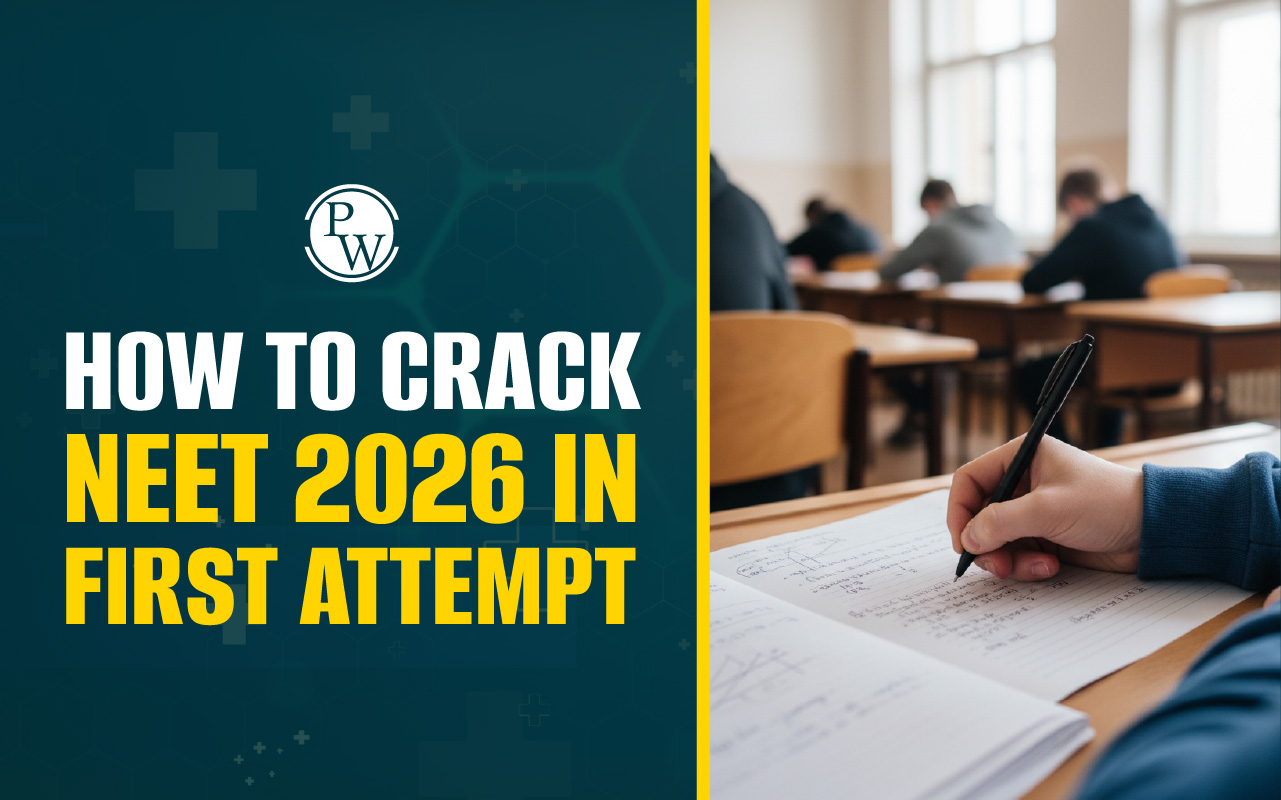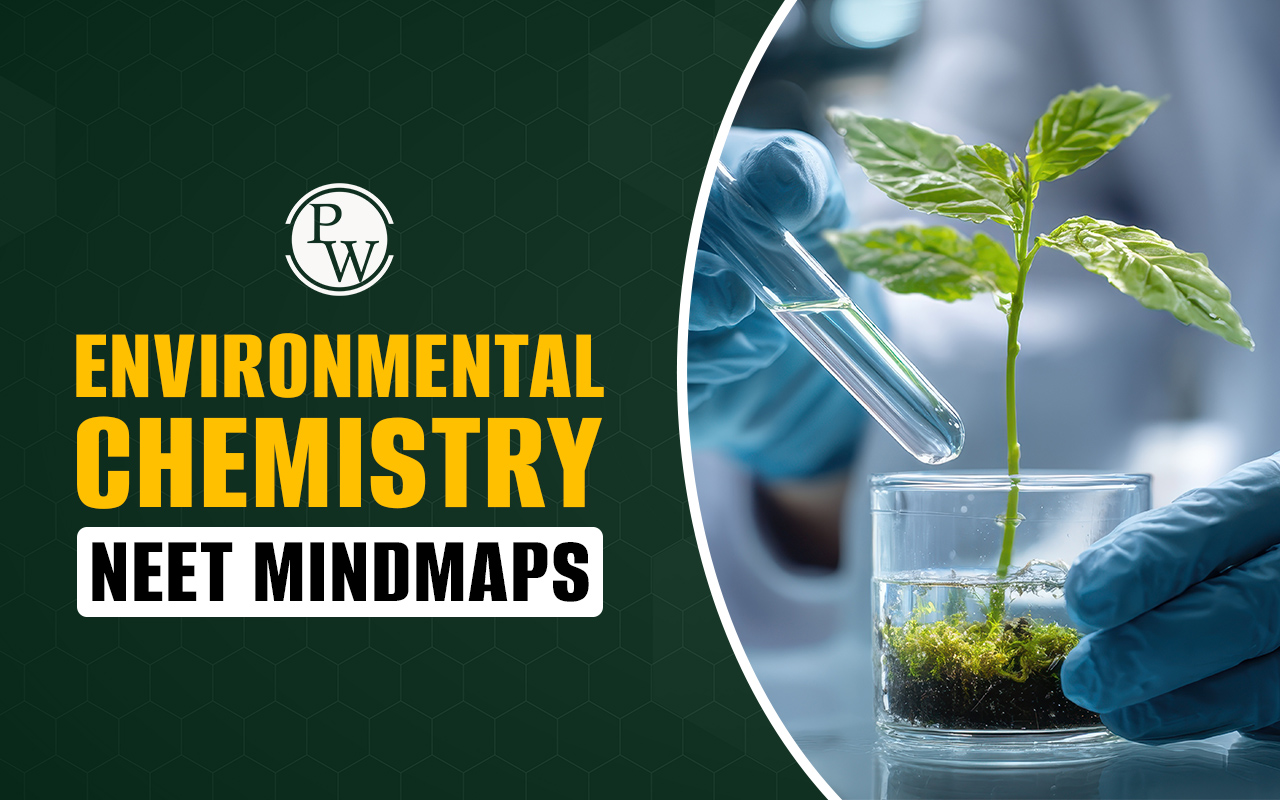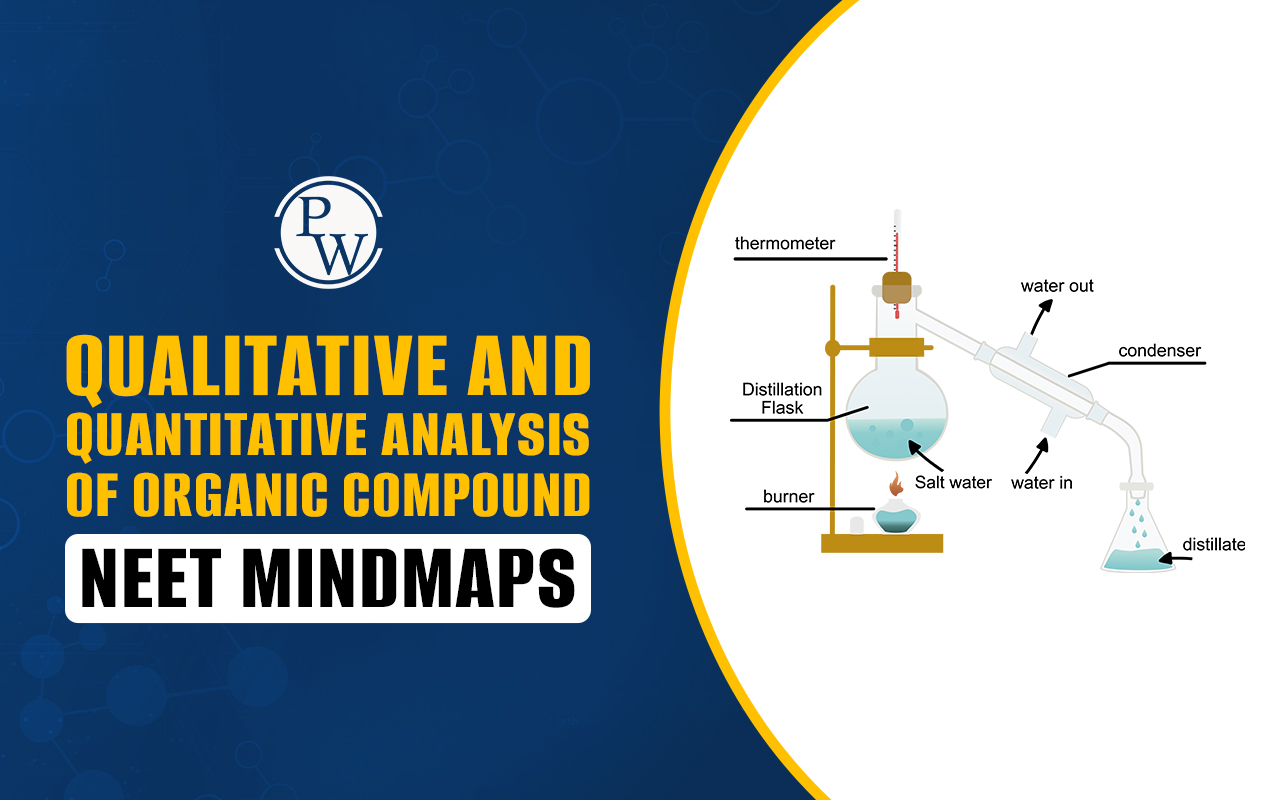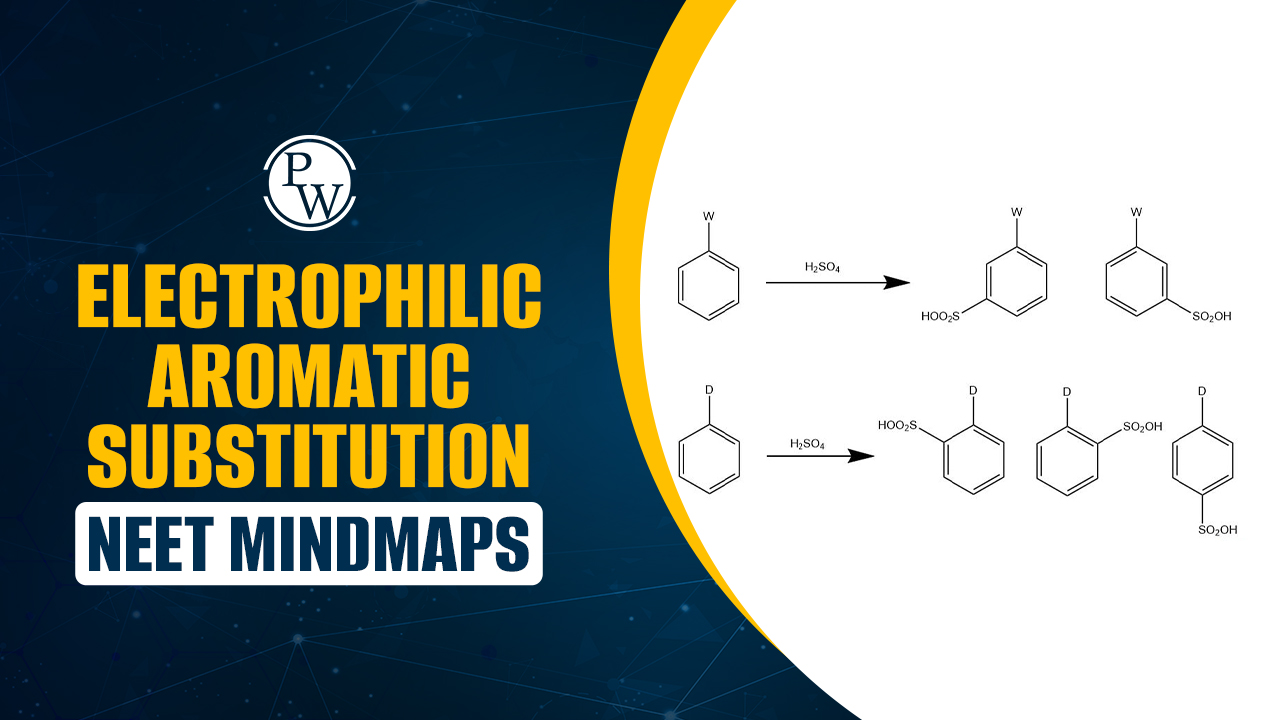
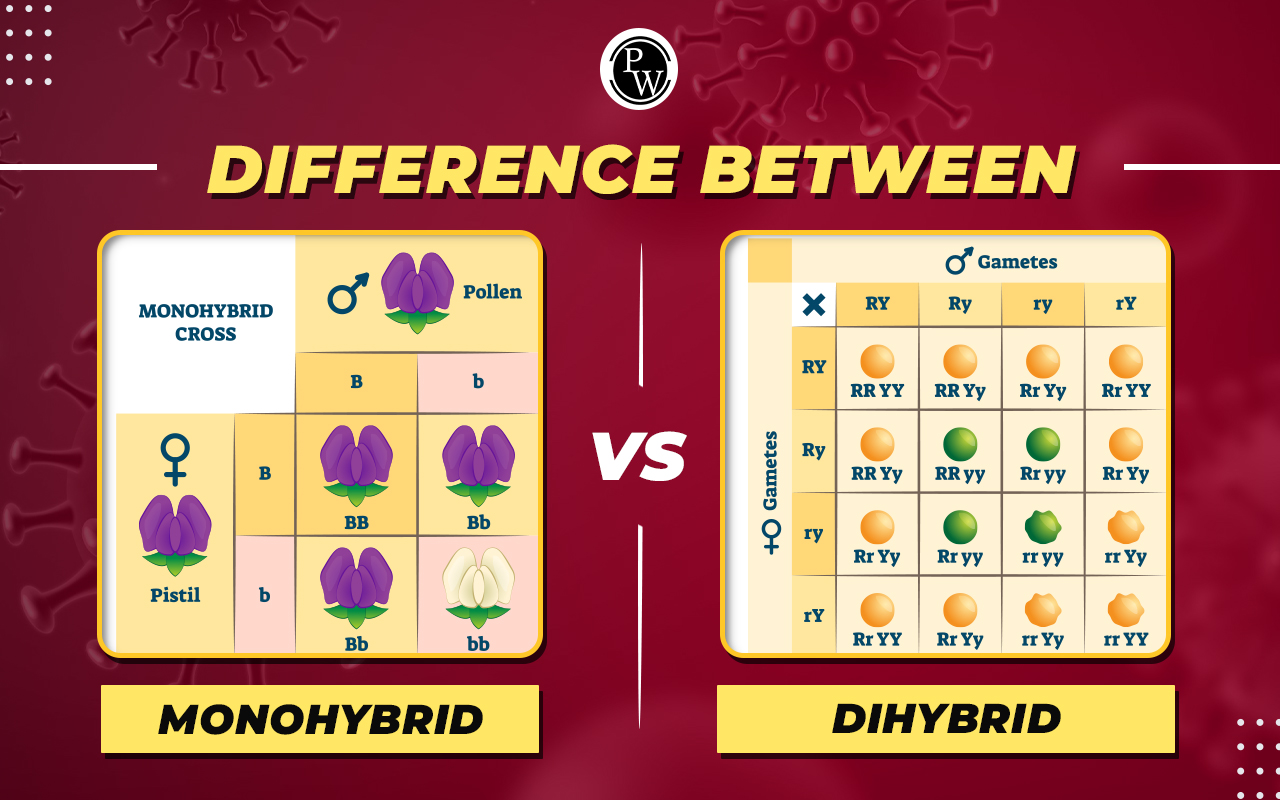
Difference between Monohybrid and Dihybrid: A dihybrid cross is a genetic cross between two people who differ in qualities, sometimes represented as alleles of two separate genes. The inheritance patterns of body features are studied together in this cross-type. This aids in understanding how various features are inherited and how they separate and assort independently during gamete development.
A monohybrid cross is a genetic experiment in which two individuals vary in just one attribute and are mated. This hybrid type concentrates on a specific attribute, such as flower color or seed shape, and investigates how that trait is passed down from generation to generation. Read the complete to get complete details about the difference between monohybrid and dihybrid.| NEET Biology Syllabus | NEET Biology Diagrams |
| NEET Biology MCQ | NEET Biology Chapter wise Weightage |
| NEET Biology Notes | NEET Previous Year Question papers |
Difference Between Monohybrid And Dihybrid Overview
A monohybrid is a form of genetic inheritance in which a single feature or attribute, such as hair or eye color, is studied. It includes pairing two people who only vary in one attribute of interest. When we cross plants in monohybrids, the color of their offspring's flowers is regulated by alleles. A dihybrid is an organism or genetic cross with two unique features acquired independently. In other words, it is a hybrid of two parents who are distinct in two aspects. A dihybrid cross involves investigating two plant features: flower color and seed shape.
Difference Between Monohybrid And Dihybrid
The two main genetic breeding techniques used to study gene function and understand how certain traits are passed down across generations are monohybrid and dihybrid. A monohybrid cross arises in the F1 generation offspring of parents that vary in just one characteristic. On the other hand, a dihybrid cross occurs in F1-generation children that differs in two features. Read the complete difference between monohybrid and dihybrid in the table given below.|
Difference Between Monohybrid And Dihybrid |
||
|---|---|---|
| Basis | Monohybrid Cross | Dihybrid Cross |
| Definition | A monohybrid cross involves one pair of traits. | A dihybrid cross involves two pairs of traits. |
| Number of Traits | It involves only one trait. | The dihybrid cross involves two different traits. |
| Examples | Crossing two plants with different flower colors. | Crossing two plants with different flower colors and different seed shapes. |
| Punnett Square | 2×2 Punnett squares were used in the monohybrid cross. | 4×4 Punnett squares were used in the dihybrid cross. |
| Phenotypic Ratio | The phenotypic ratio is typically 3:1 in the F2 generation. | The phenotypic ratio is typically 9:3:3:1 in the F2 generation. |
| Genetic Segregation | In a monohybrid cross, only one trait segregates in each generation. | In a dihybrid cross, two different traits segregate independently in each generation. |
| Inheritance Pattern | It follows Mendelian inheritance for one trait. | It follows Mendelian inheritance for both traits independently. |
| Types of Alleles | The monohybrid cross involves two alleles, one from each parent, for a single gene. | A dihybrid cross involves four alleles, two from each parent, for two different genes. |
| Offspring Variety | It produces offspring with two possible phenotypes (homozygous dominant and heterozygous). | It produces offspring with multiple phenotypic combinations (homozygous dominant, heterozygous for one trait, heterozygous for the other, homozygous recessive). |
| Independent Assortment | The monohybrid cross does not involve the principle of independent assortment. | The dihybrid cross involves the principle of independent assortment, where alleles for different traits segregate independently during gamete formation. |
| Genetic Variation | It generates less variation among offspring. | It generates more genetic variation among offspring due to the assortment of two different traits. |
| Parental Phenotypes | In monohybrid cross, both parents exhibit different phenotypes for the studied trait. | In a dihybrid cross, both parents exhibit different phenotypes for two different traits being studied. |
Monohybrid Cross
A monohybrid cross is a genetic combination of two people with homozygous genotypes or genotypes with entirely dominant or recessive genes. As a result, phenotypes for a specific genetic characteristic are opposite. Geneticists conduct monohybrid cross-studies to investigate how the children of homozygous people exhibit the heterozygous genotypes inherited from their parents. The cross also represents a genetic mix of two people with heterozygous genotypes, confirming the dominance of one allele. Mendel's studies on pea plants, which helped him develop the notion of genes and the rule of segregation and independent assortment, are a well-known example of a monohybrid cross. Another example is Huntington's disease, a lethal hereditary illness. The Huntingtin gene causes the illness and is present in everyone in a generation. The gene's homozygous dominant allele was combined with the gene's homozygous recessive allele, and the dominant allele was passed down to the following generation.Dihybrid Cross
A dihybrid cross is another genetic experiment used to study the behavior of two gene phenotypes by marrying individuals with multiple alleles at those gene loci. It is a cross between two observable states in which homozygous dominant and homozygous recessive traits are crossed, producing heterozygous offspring showing dominant phenotypic features. However, all the progeny will be carriers of the recessive features. The word di-hybrid refers to the presence of two phenotypes, each with two distinct alleles. Mendel's experiments on pea plants might also be an example here. Yellow and spherical seeds were selected for the experiment. Two distinct phenotypes were crossed that yielded four distinct phenotypes in the F2 generation with a ratio of 9:3:3:1 and a genotypic ratio of 1:2:2:4:1:2:1:2:2:1. The findings give information on an organism's process of heredity. Mendel developed the rules of independent assortment based on the findings.Difference Between Monohybrid And Dihybrid FAQs
Is dihybrid two genes?
Is the monohybrid cross Mendelian?
Is epistasis related to dihybrid?
Where are genes located?
Is a monohybrid cross one parent?




